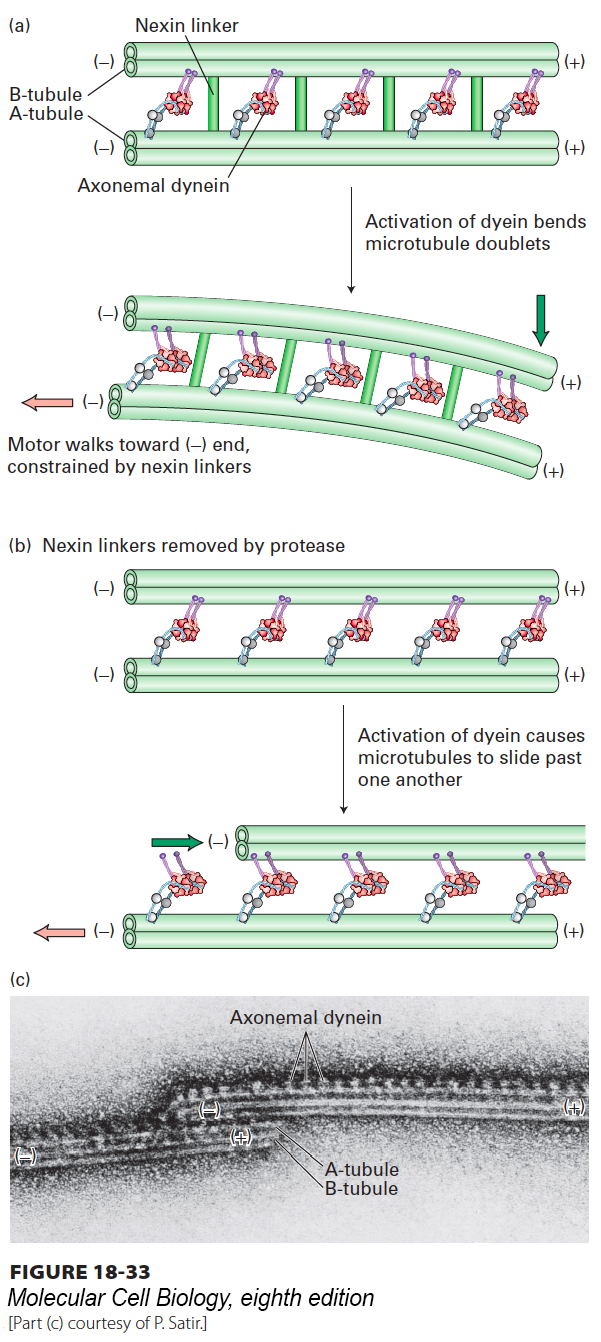
FIGURE 18- e- s-
[Part (c) courtesy of P. Satir.]